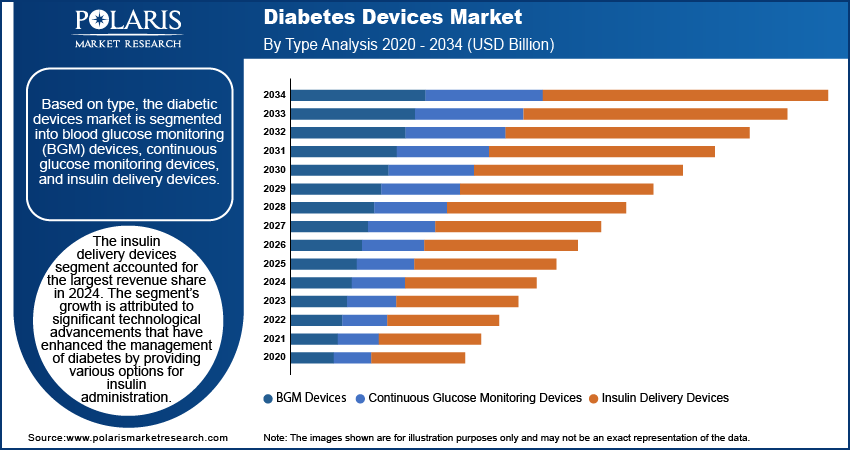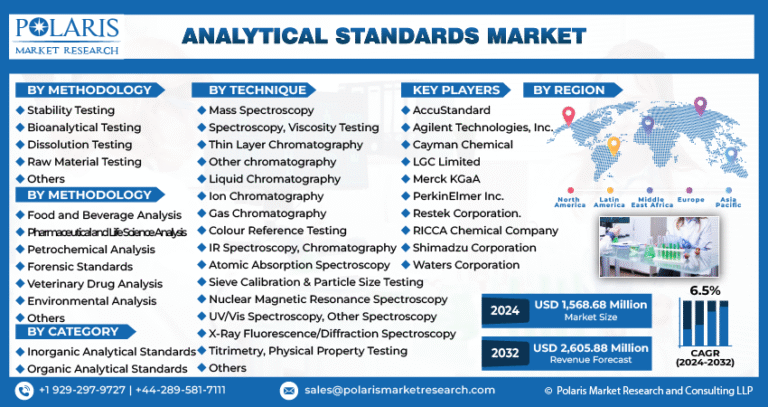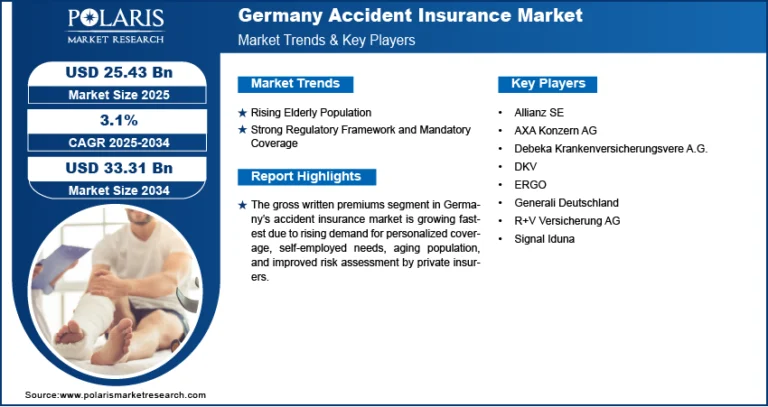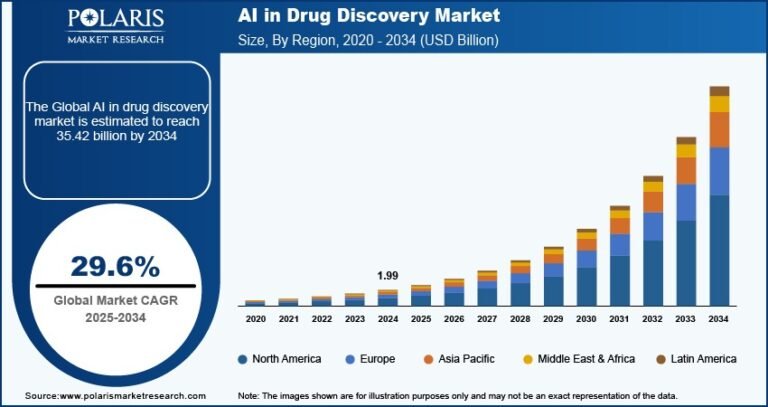Diabetes Devices Market projected to reach USD 67.39 billion by 2034, growing at a CAGR of 8.1%.

The global diabetes devices market was valued at USD 30.84 billion in 2024 and is expected to increase from USD 33.32 billion in 2025 to approximately USD 67.39 billion by 2034, growing at a compound annual growth rate (CAGR) of 8.1% over the forecast period from 2025 to 2034.Diabetes Devices Market – Trends & Insights. The demand for diabetes devices is fueled by their proven effectiveness in lowering hospitalization rates and reducing mortality associated with diabetes.
Trends & Insights
- Advancements in Smart Monitoring Devices
There is growing adoption of smart diabetes devices such as continuous glucose monitors (CGMs) and insulin pumps integrated with Bluetooth and smartphone connectivity, enabling real-time tracking and better glycemic control. - Increased Focus on Personalized Diabetes Management
The market is witnessing a shift toward personalized treatment and monitoring solutions, with AI-driven analytics providing tailored insights to improve individual patient outcomes. - Rise of Home-Based and Remote Monitoring Solutions
The demand for home-use diabetes devices has surged, particularly post-pandemic, as patients prefer self-monitoring and remote consultations, contributing to higher device penetration in emerging markets. - Strategic Collaborations and R&D Investment
Leading players are forming partnerships with tech companies and investing heavily in research and innovation to develop minimally invasive and non-invasive monitoring solutions.
Market Size & Forecast
- Market Size Value (2025): USD 33.32 billion
- Revenue Forecast (2034): USD 67.39 billion
- CAGR (2025–2034): 8.1%
𝐆𝐞𝐭 𝐄𝐱𝐜𝐥𝐮𝐬𝐢𝐯𝐞 𝐒𝐚𝐦𝐩𝐥𝐞 𝐏𝐚𝐠𝐞𝐬 𝐨𝐟 𝐓𝐡𝐢𝐬 𝐑𝐞𝐩𝐨𝐫𝐭:
https://www.polarismarketresearch.com/industry-analysis/global-diabetes-device-market/request-for-sample
Market Overview
The diabetes devices market is experiencing robust growth, driven by the global rise in diabetes prevalence and the increasing need for efficient management tools. Technological innovation, particularly in wearable and app-connected devices, is reshaping patient care by offering real-time data, ease of use, and reduced need for frequent clinical visits. These developments are transforming diabetes care from reactive treatment to proactive management.
Additionally, supportive government initiatives, improved reimbursement policies, and growing public awareness have enhanced access to modern diabetes care technologies. Manufacturers are increasingly focusing on improving device accuracy, user experience, and affordability, especially in developing regions. This dynamic market continues to attract investment and innovation, making it a vital segment of the broader medical devices industry.






